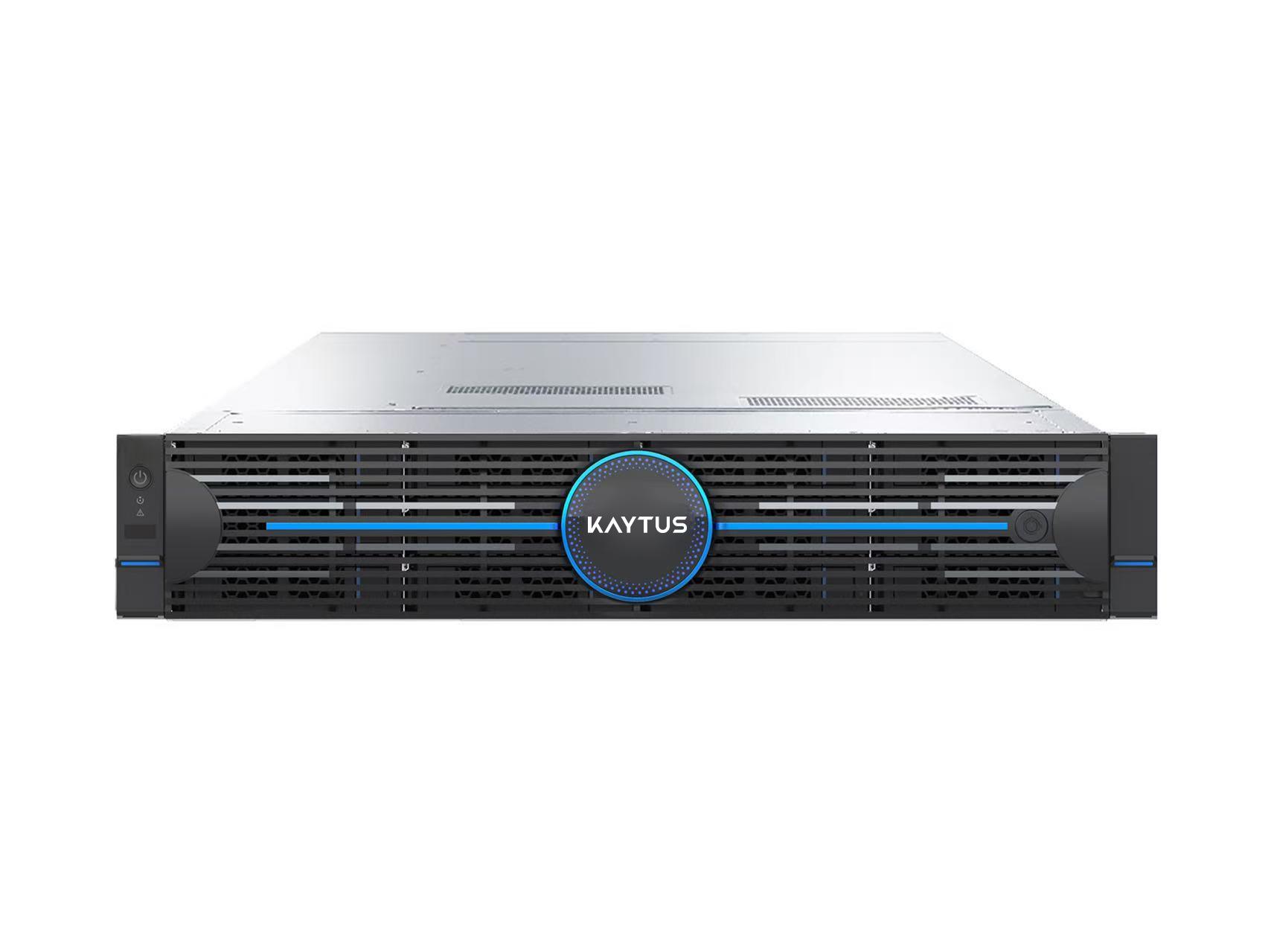If you're building a high-performance PC or pushing your current rig to its limits, you've undoubtedly encountered the critical question of thermal management. The humble CPU, the brain of your computer, generates immense heat under load. For decades, the trusty air cooler has been the default solution. But there's a more advanced, efficient, and visually striking alternative dominating the high-end market: the liquid cooling CPU system.
For the uninitiated, the concept of liquid anywhere near expensive electronics can seem daunting. However, the technology has matured into a safe, reliable, and incredibly effective method for keeping your processor temperatures in check. Let's dive into the world of liquid cooling and see if it's the right upgrade for you.
How Does a Liquid Cooling CPU System Even Work?
The fundamental principle is surprisingly simple and mirrors the cooling system in your car. Instead of relying solely on a chunk of metal (a heatsink) to absorb and dissipate heat, a liquid cooling CPU setup uses a fluid to transport thermal energy away from the processor.
The system consists of a few key components:
1. Water Block: This is the heart of the operation, mounted directly onto the CPU. It's a metal plate (usually copper) filled with micro-channels that allow liquid to flow directly over the area absorbing the CPU's heat.
2. Pump: This circulates the coolant throughout the closed loop, ensuring a constant flow of cool liquid to the water block and taking the heated fluid away.
3. Radiator: This component, often mounted on the case's panel, looks like a thin, dense metal grid with fins. The heated liquid travels through it, and as fans blow air across the fins, the heat is dissipated into the air inside your case, which is then exhausted out.
4. Tubes & Coolant: The sealed tubes connect all the components, and the specialized coolant (not plain water!) carries the heat without conducting electricity, a crucial safety feature.
This dedicated heat-transport system is far more efficient at moving heat away from the CPU die compared to even the largest air coolers that rely on heat pipes and passive conduction. The result? Consistently lower temperatures which is the primary goal of any liquid cooling CPU solution.
AIO vs. Custom Loop: Choosing Your Path
When you decide to invest in a liquid cooling CPU setup, you have two main paths: All-In-One (AIO) coolers or custom loops.
AIO Liquid Coolers: These are the perfect entry point. As the name suggests, they come as a sealed, pre-filled, and pre-assembled unit. You simply mount the water block and radiator, and you're done. They offer a near-zero maintenance experience, are significantly more affordable than custom loops, and provide a massive performance uplift over stock air coolers. For 95% of enthusiasts and gamers, a high-quality AIO is the ultimate liquid cooling CPU solution, balancing price, performance, and ease of use.
Custom Loops: This is the pinnacle of PC cooling. Enthusiasts build these systems from individual components, often cooling not just the CPU but also the GPU, RAM, and motherboard VRMs. Custom loops offer the absolute best thermal and acoustic performance and are a form of artistic expression, often featuring hard tubing, colored coolants, and elaborate designs. However, they require a significant investment of time, money, and technical know-how, including regular maintenance.
The Chilly Verdict: Should You Cool Your CPU with Liquid?
So, is a liquid cooling CPU right for you? The answer depends on your needs.
For the Average User/Gamer: A good air cooler is often sufficient and more cost-effective. But if you want quieter operation under load, better overclocking headroom, and a cleaner, more modern aesthetic for your build, a 240mm or 280mm AIO is a fantastic investment.
For Enthusiasts, Overclockers, and Content Creators: This is where a liquid cooling CPU system becomes almost essential. If you're rendering 4K video, running complex simulations, or pushing your processor with a heavy overclock, the superior thermal performance of an AIO or custom loop is undeniable. Lower temperatures mean higher sustained boost clocks, leading to tangible performance gains in CPU-intensive tasks.
Ultimately, moving to a liquid cooling solution is about prioritizing peak performance, lower noise levels, and a specific build aesthetic. The technology is no longer just for extreme overclockers; it has become a mainstream, accessible upgrade that can unlock the full potential of your hardware. Whether you choose a simple AIO or embark on a custom loop journey, embracing a liquid cooling CPU is a definitive step towards building a cooler, quieter, and more powerful PC.
- FAVORIS
- Fil d’actualités
- EXPLORE
- Pages
- Groupes
- Evénements
- Blogs
- Financement
- Forums
Is It Time to Make the Switch? The Ultimate Guide to a Liquid Cooling CPU
Posted 2025-11-14 02:36:26
0
2

Record
Recording 00:00
Commenting has been turned off for this post.
Catégories
- Art
- Causes
- Crafts
- Dance
- Drinks
- Film
- Fitness
- Food
- Jeux
- Gardening
- Health
- Home
- Literature
- Music
- Networking
- Other
- Party
- Religion
- Shopping
- Sports
- Theater
- Wellness
Read More
Paribabe
Call Girls India are always ready to please their clients and will turn your head with their...
Adidas EQT是復古風潮中的舒適與時尚之選
在運動鞋領域,Adidas EQT 系列以其獨特的設計和出色的性能贏得了全球運動愛好者和時尚潮人的青睞。自誕生以來,這一系列便一直是潮流與功能性的代名詞。在這篇文章中,我們將深入探討...
Juego responsable en un casino online: claves para disfrutar sin riesgos
El casino online ofrece una experiencia de entretenimiento emocionante y accesible desde...
